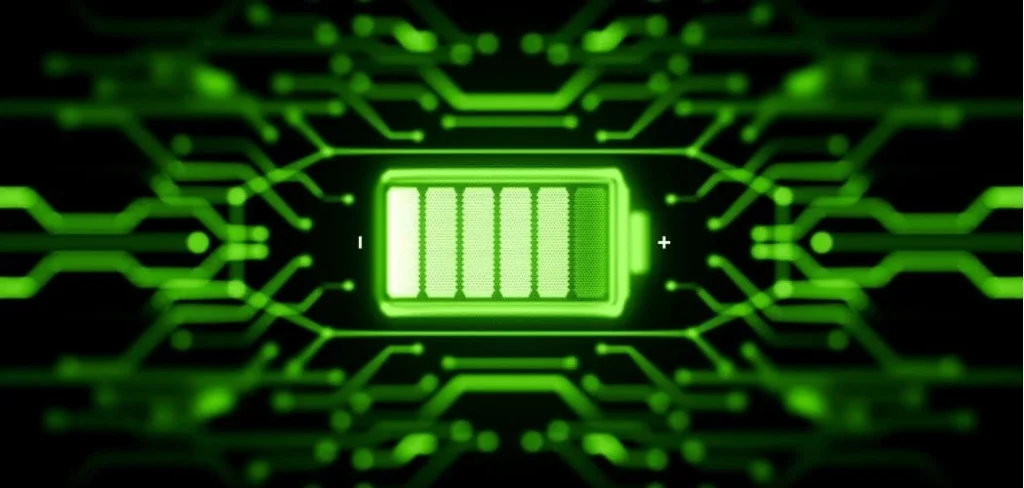EN
At present, it is difficult to determine how much charge a battery has left. Existing computer models for estimating the remaining charge are not very accurate. The inaccuracy stems, in part, from the number of variables that must be plugged in to the models. For example, the capacity of a battery to hold a charge declines with use, so a battery’s history is a factor. Other factors include temperature and the rate at which a battery is charged, among many others.

The research is also good news for battery developers. “This improved accuracy will also give us additional insight into the dynamics of the battery, which we can use to develop techniques that will lead to more efficient battery management,” says Dr. Mo-Yuen Chow, a professor of electrical and computer engineering at NC State and co-author of the paper. “This will not only extend the life of the charge in the battery, but extend the functional life of the battery itself.”
Existing models only allow data on these variables to be plugged in to the model once. Because these variables — such as temperature — are constantly changing, the models can become increasingly inaccurate.
But now researchers have developed software that identifies and processes data that can be used to update the computer model in real time, allowing the model to estimate the remaining charge in a battery much more accurately. While the technique was developed specifically for batteries in plug-in electric vehicles, the approach is also applicable to battery use in any other application.
Using the new technique, models are able to estimate remaining charge within 5 percent. In other words, if a model using the new technique estimates a battery’s state of charge at 48 percent, the real state of charge would be between 43 and 53 percent (5 percent above or below the estimate).
Copyright 2007-2025 © Shenzhen Nova Energy Co.,Ltd.., All Rights Reserved.